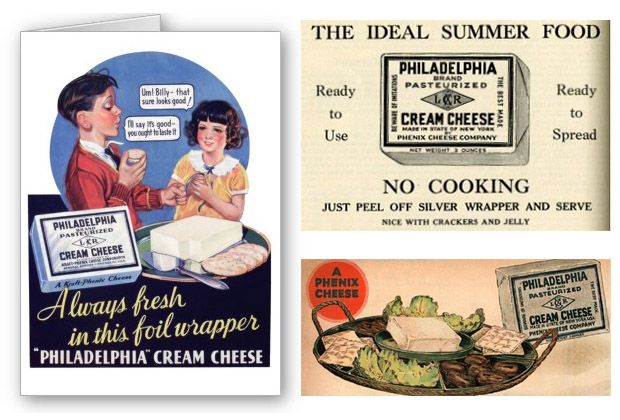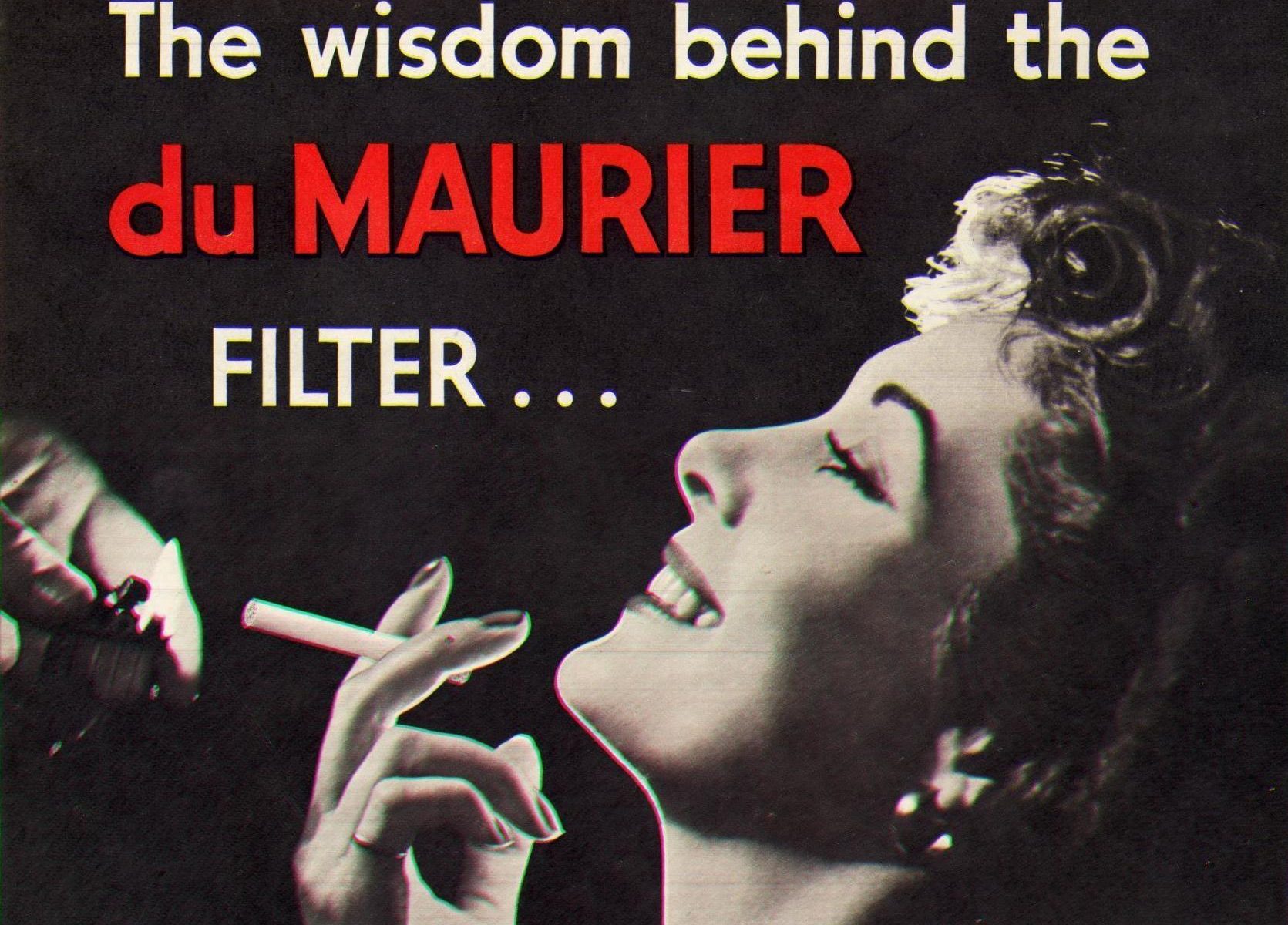 Dr. Seuss’s depiction of a Flit insecticide sprayer in one of his cartoons led to a significant endorsement contract with the company that lasted for 17 years. This long-term partnership provided substantial financial support for Seuss and his family, enabling them to weather the economic turmoil of the Great Depression.
Dr. Seuss’s depiction of a Flit insecticide sprayer in one of his cartoons led to a significant endorsement contract with the company that lasted for 17 years. This long-term partnership provided substantial financial support for Seuss and his family, enabling them to weather the economic turmoil of the Great Depression.
Bob Norris: The Unsmoking Marlboro Man and the Legacy of an Iconic Campaign
Bob Norris, the very first Marlboro Man, had a chance encounter with fame when he was spotted in a photo alongside the famous John Wayne. Serving as the face of the Marlboro Man for 12 years, it’s surprising to note that Bob never actually smoked a single cigarette. As a responsible parent, he consistently advised his children against smoking. One day, when his kids questioned him about the contradiction between his job and his beliefs, he decided to leave his role as the Marlboro Man immediately.
Initiated in 1955, the Marlboro Man campaign became one of the most astonishing marketing strategies in the history of product promotion. Marlboro’s sales surged from a mere 1% to the fourth best-selling cigarette brand. Accompanying the renowned cowboy figure, the brand developed a second ‘Marlboro Man’ for advertising purposes. This character, a stylish, urban, African-American figure, was specifically designed to captivate the attention of the African-American audience.
A single creative mind, Leo Burnett, was responsible for the conception of numerous iconic advertising mascots, including the Marlboro Man, Jolly Green Giant, Tony the Tiger, Pillsbury Doughboy, and Keebler Elves, among others.
Tragically, several models who assumed the role of the Marlboro Man succumbed to smoking-related illnesses. Among them, Wayne McLaren, another Marlboro Man, passed away from lung cancer. In his final moments, he left a poignant message: “Take care of the children. Tobacco will kill you, and I am living proof of it.”
A Dunkin’ Donuts marketing campaign….
A Dunkin’ Donuts marketing campaign in South Korea released coffee aromas while their commercials played on buses and increased sales by 29%.
A key reason that Pyramid…
A key reason that Pyramid Schemes are illegal is because of market saturation. If you started a pyramid scheme with 5 people and each person recruited 5 more people, by the 15th tier you would’ve exceeded the entire population of the earth.
The post A key reason that Pyramid… appeared first on Crazy Facts.
Philadelphia Cream Cheese was invented…
Philadelphia Cream Cheese was invented in New York and has never been made in Philadelphia. Its name was part of a clever marketing strategy, because at the time (1880s) Philadelphia was known for its high quality dairy.
The post Philadelphia Cream Cheese was invented… appeared first on Crazy Facts.
From 1927 to 1952, Tobacco Companies…
From 1927 to 1952, Tobacco Companies used pictures of doctors in their advertising and used slogans claiming that doctors endorsed their brand.
The post From 1927 to 1952, Tobacco Companies… appeared first on Crazy Facts.
William Wrigley, founder of Wrigley’s Gum…
William Wrigley, founder of Wrigley’s Gum, invented direct mail marketing. In 1915 he mailed a pack of gum to every person in the phone directory in the United States.
The post William Wrigley, founder of Wrigley’s Gum… appeared first on Crazy Facts.
The unfortunately named “Ayds”…
The unfortunately named “Ayds” dieter’s chocolate considered a name change when the AIDS crisis hit. Executives resisted with one saying “The product has been around for 45 years. Let the disease change its name.” – The name was later changed to “Diet Ayds” before being pulled from the market.
The post The unfortunately named “Ayds”… appeared first on Crazy Facts.
Before the mass marketing of tobacco…
Before the mass marketing of tobacco, lung cancer was so rare that doctors took special notice when confronted with a case, thinking it a once-in-a-lifetime oddity.
The post Before the mass marketing of tobacco… appeared first on Crazy Facts.
Coca-Cola’s failed its “Magican” campaign…
Coca-Cola’s failed its “Magican” campaign. They sold cans that contained spring loaded tabs to dispense cash prizes. Prize cans contained a foul smelling liquid instead of cola to prevent drinking. Though harmless, one child drank it and Coca-Cola ended the campaign 3 weeks later due to backlash.
The post Coca-Cola’s failed its “Magican” campaign… appeared first on Crazy Facts.



